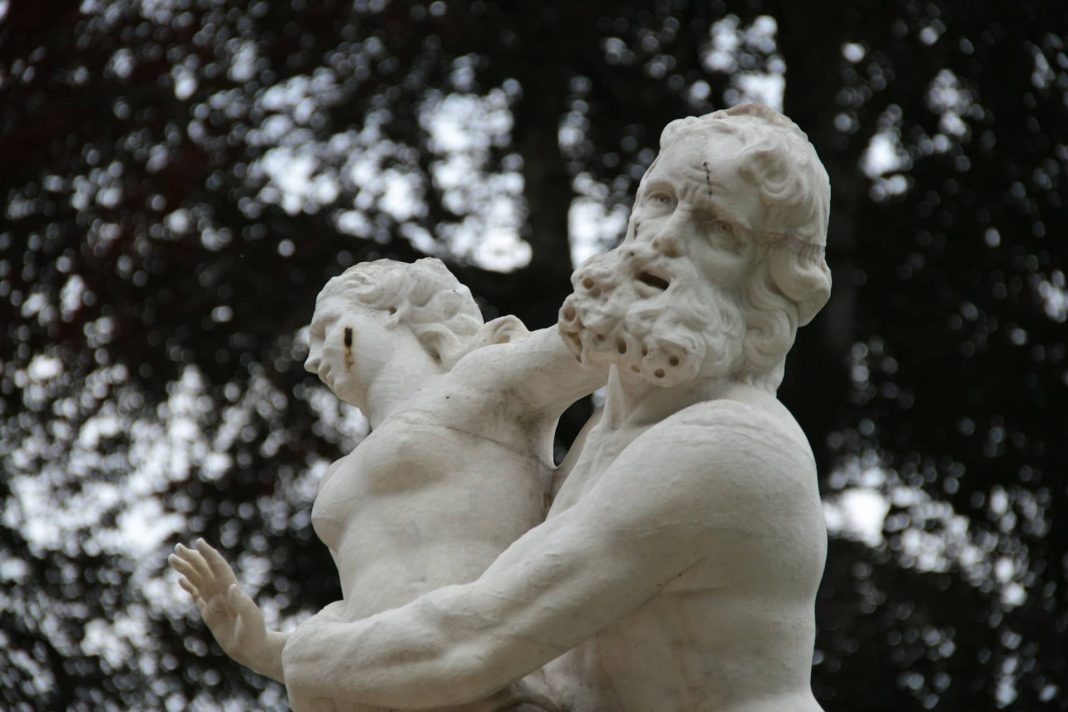Pain is one of humanity’s most primal experiences, fundamental to how we express suffering and seek assistance. Whether by shouting “ouch” or articulating our discomfort to others, pain has always been deeply embedded in our language and culture. According to public policy scholar Grant Duncan, the concept of pain has evolved significantly, tracing a path that reflects changing societal views on punishment, morality, and medicine.
Pain as Punishment
The English word “pain” derives from the Latin poena, meaning penalty or punishment. In its earliest uses, pain was synonymous with suffering inflicted as retribution, as seen in phrases like “on pain of death.” Historically, this association made sense. Medieval European justice systems often centered pain, with public torture and gruesome executions serving as deterrents to disobedience.
By the 17th century, the philosopher Thomas Hobbes drew a line between punishment—lawfully inflicted physical harm aimed at promoting order—and pain, which he saw as harm caused illegitimately or without purpose. Yet, while the overt use of torture began to wane in public life, it didn’t disappear entirely. Practices of inflicting pain moved to hidden corners, such as penal colonies and, in later centuries, secret detention facilities known as “black sites.”
Pain and the Shift to Modern Justice
A pivotal shift occurred around the 19th century when legal systems began to prioritize imprisonment, forced labor, and “humane” executions over pain-focused punishments. While physical suffering still accompanied many of these practices, the infliction of pain was no longer the central goal.
This period also saw English philosopher Jeremy Bentham introduce a utilitarian perspective, advocating for policies that maximized pleasure and minimized pain. Unlike Hobbes, Bentham’s definition of pain extended beyond physical harm to include emotional, social, and even environmental discomforts, such as thirst or cold. His ideas marked a significant departure from pain as a tool for control, viewing it instead as a universal condition to be mitigated.
Pain in Medicine and Science
As the notion of pain as a moral or judicial necessity declined, the medical field took center stage in understanding and addressing it. The 19th century brought significant advances, including more effective opiates and the advent of surgical anesthesia. These innovations redefined pain as a physiological challenge, primarily the result of injury or disease, and placed its management firmly in the hands of medical professionals.
However, this focus came with limitations. Certain types of pain, such as emotional grief or chronic conditions without clear physical causes, were sidelined or viewed with skepticism. For example, childbirth pain continued to carry moral connotations, while patients with chronic pain were often doubted because their suffering defied easy diagnosis.
Today, many medical practitioners embrace a “biopsychosocial” model, acknowledging that pain can be influenced by biological, psychological, and social factors. Despite this progress, effective communication about pain remains a challenge, as its deeply personal and multifaceted nature resists easy categorization.















